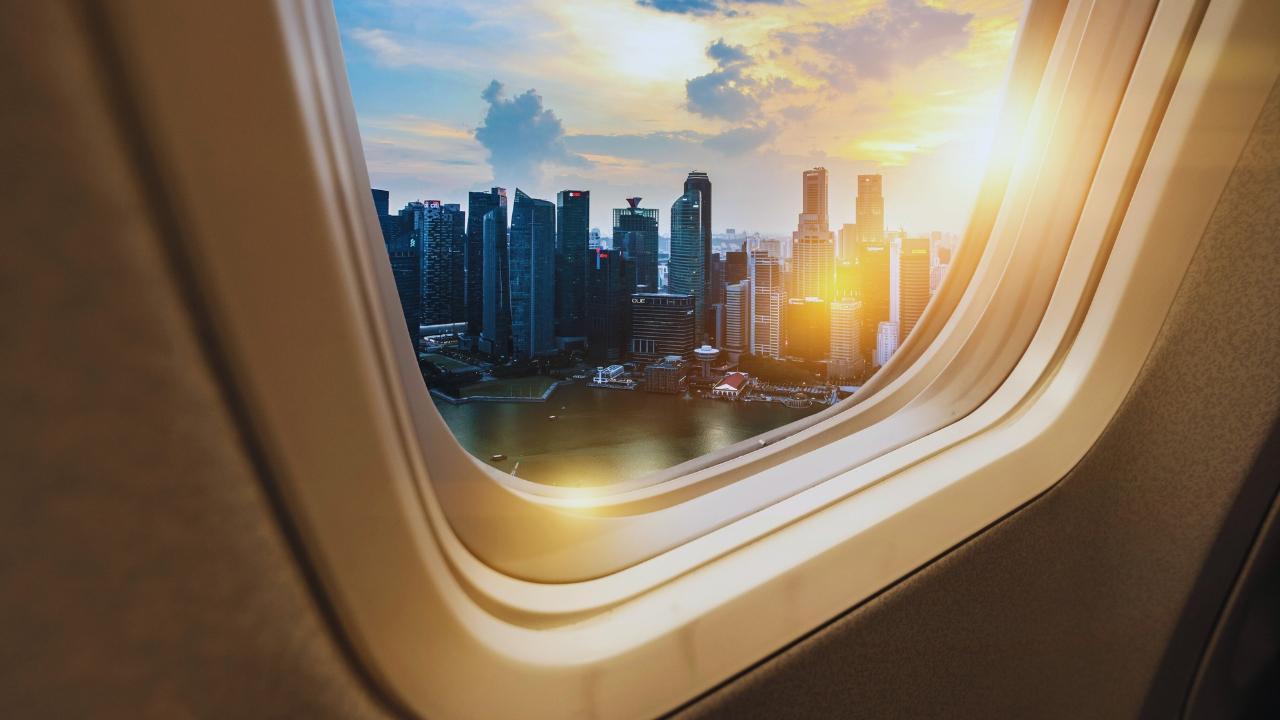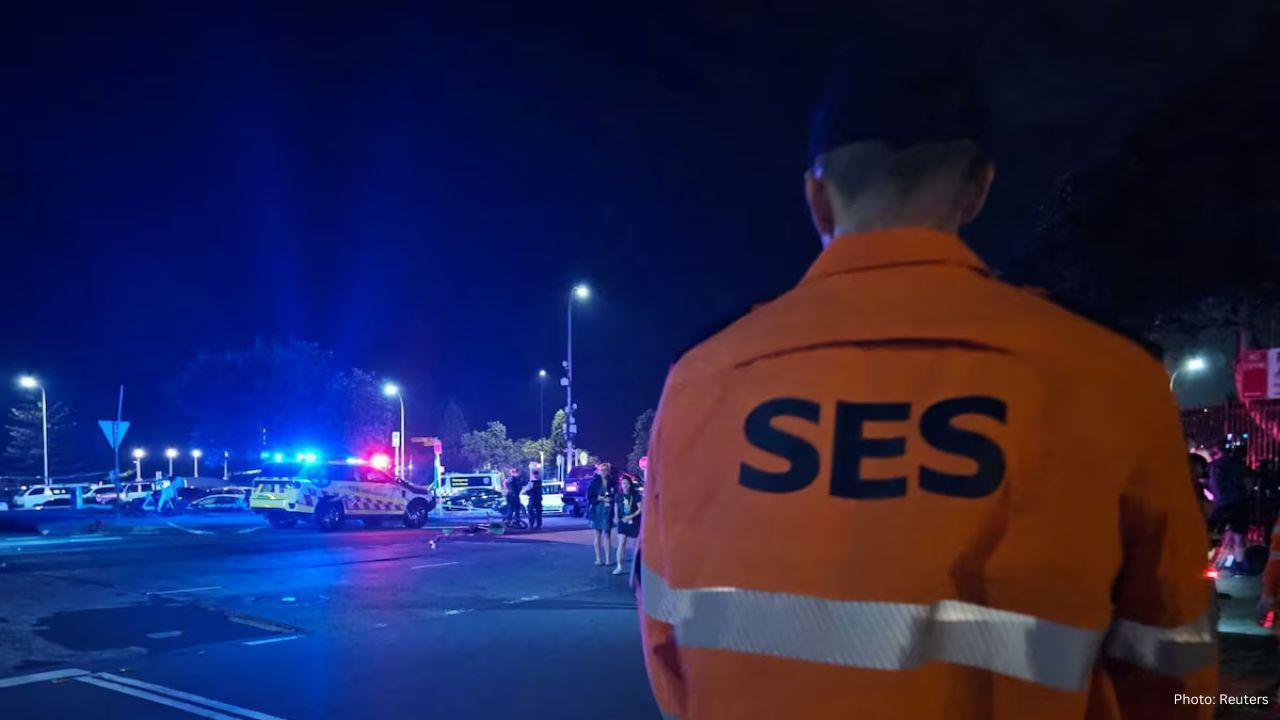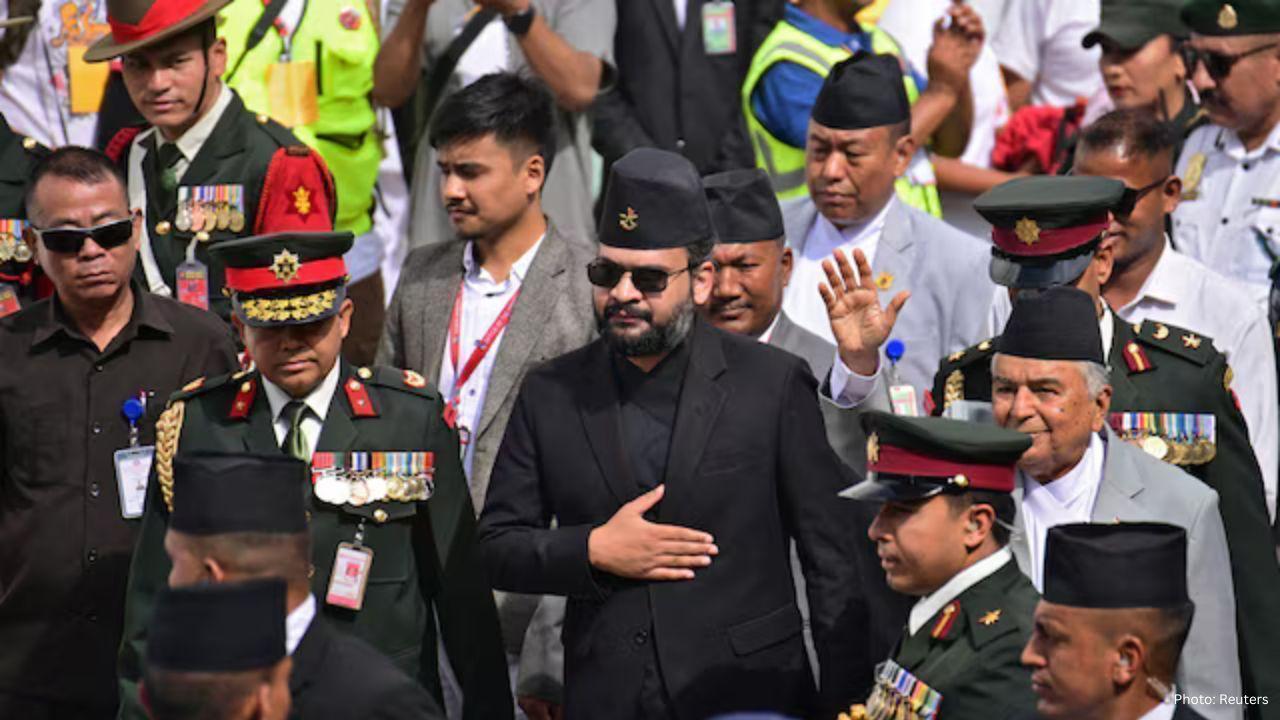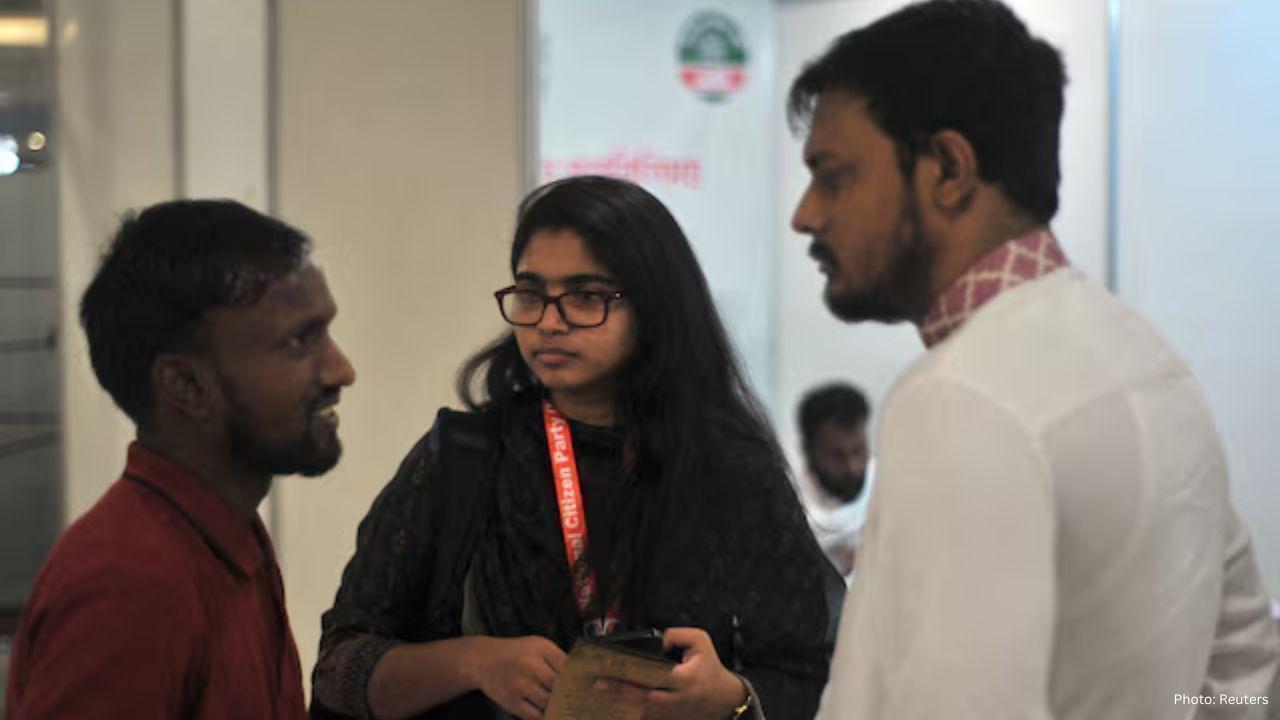You have not yet added any article to your bookmarks!

Join 10k+ people to get notified about new posts, news and tips.
Do not worry we don't spam!

Post by : Anis Farhan
We scroll through glowing images of pastel alleys, sunlit cafés, rooftop views and cinematic sunsets. These carefully selected images, often edited with warm filters or muted tones, craft a version of a city that feels timeless, charming, and entirely escapable. We begin to feel as if we know these places— as if the narrow staircases in Lisbon or the neon-lit streets of Seoul belong to us, even if we’ve never been.
This visual seduction is powerful. A traveler in New York or Lagos might feel drawn to places they’ve never encountered in reality—all because of repetitive exposure to their prettiest pixels. It taps into deep emotional desires: wanderlust, novelty, and the fantasy of living like a character in your favorite film.
What’s hidden behind most travel posts is decades of editing, staging, and repetition. Influencers wait for the right light, shoot repetitive frames until everything looks perfect, and often skip the gritty parts of city life—noise, crowds, air pollution, or unfiltered chaos.
When we look at these images, we aren’t seeing the city itself—we’re seeing a collage of ideal moments stitched together. The regular streets, the subway delays, the uninspired corporate districts, and the subtle discomfort of being a foreigner—these rarely make it to the feed.
That selective reality affects how we imagine places. It builds expectations that may not match first-step city reality—and sets us up to feel disappointed when the curated story meets real life.
We slot imagery into emotional categories without knowing why they move us. A quiet canal, a baked apple tart, a cobblestone lane—they become symbols of romance, warmth, or artistic freedom. Without lived experience, these symbols gain power through context we don’t possess.
We fall in love with the idea of a city—not with its history, its everyday people, or its evolving identity. The image signals freedom, travel, youth, or creative possibility. But without context, it’s often less about place than about feeling.
And when reality doesn’t line up with the feeling, disillusionment follows. Favorite cafés turn out to be crowded chains, picture-perfect alleys become tourist traps, and quiet morning sidewalks reveal the grating sound of traffic.
There’s a transactional nature to travel imagery. A single post can communicate social prestige: “I’ve been there.” “My life is adventurous.” “I belong to a global aesthetic.” We stamp engagement with likes, clicks, bookmarks—and feel validated even if we haven’t been personally present.
Even without visiting, reposting curated aesthetic shots gives us stakes in a place. We invest emotionally in cities we’ve never physically entered—because those images become part of our online identity.
When was the last time you truly experienced a new city, unfiltered by planning, staging, or social comparison? If your travel to-do list is influenced by what you’ve seen on social media, your expectations grow larger, and your ability to enjoy the unexpected diminishes.
Travelable cities become commodities—places to tick off or post from—not worlds to be discovered deeply. We romanticize, we consume, we scroll. For many, the narrative of travel overtakes the authenticity of being there.
Yes—but not every trip does.
When you show up without preset clues, without chasing content formats, and allow yourself to wander and observe, something changes. The city stops being a backdrop and starts becoming an experience.
Real travel reveals complexity. It confronts you with unfamiliar terrain, random moments of kindness, inconvenient systems, or even unnoticed beauty. It removes filters—digital or psychological—and challenges the curated lens through which you once viewed it.
Yet real travel is also messy. Currency confusion, language mishaps, underwhelming streets, and unexpected noise enter the frame. And those are often the moments that build character or emotional attachment—not the polished postcards.
You don’t have to abandon dream travel—but you can choose richer versions of it.
Follow local creators who show everyday life, not just the prettiest corners.
Read beyond the image—learn local history, daily routines, food customs.
Visit places of contradiction—street markets, working districts, lesser-known neighborhoods.
Allow curiosity, not comparison, to guide you. Book a long street walk; talk to café owners, bus drivers, casual strangers.
Document the imperfect moments—the rainy afternoon, the detour, the empty sidewalk.
These choices help transform romantic fantasy into grounded presence.
Imagining cities you’ve never visited doesn’t diminish travel—it might even inspire it. But when the fantasy becomes stronger than reality, disappointment follows.
The key is curiosity grounded in self-awareness. Let Instagram images spark interest—but let your feet follow with humility, observation, and openness to what a place truly is.
Because a city isn’t just aesthetics—it’s people, history, scent, noise, rhythm, small moments, big failures, and even mundane everyday life.
And often, the best memories come not from the prettiest spot, but from the unplanned detour off the well-lit lane you scrolled past.
This article is a work of original journalism written exclusively for Newsible Asia. It is based on cultural observation, travel insights, and reader experiences to inform and engage. All opinions or interpretations are presented in a human-written, natural tone for general understanding and do not constitute travel advice.










Balendra Shah Joins Rastriya Swatantra Party Ahead of Nepal Polls
Kathmandu Mayor Balendra Shah allies with Rastriya Swatantra Party, led by Rabi Lamichhane, to chall

Australia launches review of law enforcement after Bondi shooting
Australia begins an independent review of law enforcement actions and laws after the Bondi mass shoo

Akshaye Khanna exits Drishyam 3; Jaideep Ahlawat steps in fast
Producer confirms Jaideep Ahlawat replaces Akshaye Khanna in Drishyam 3 after actor’s sudden exit ov

Kapil Sharma’s Kis Kisko Pyaar Karoon 2 to Re-release in January 2026
After limited screens affected its run, Kapil Sharma’s comedy film Kis Kisko Pyaar Karoon 2 will ret

Hrithik Roshan and Saba Azad Celebrate Christmas at Family Party
Hrithik Roshan and Saba Azad celebrated Christmas at Sussanne Khan’s party, sharing happy moments wi

China Sanctions 20 US Defense Firms Over Taiwan Arms Sales Dispute
China imposes sanctions on 20 US defense companies and 10 executives for supplying arms to Taiwan, e